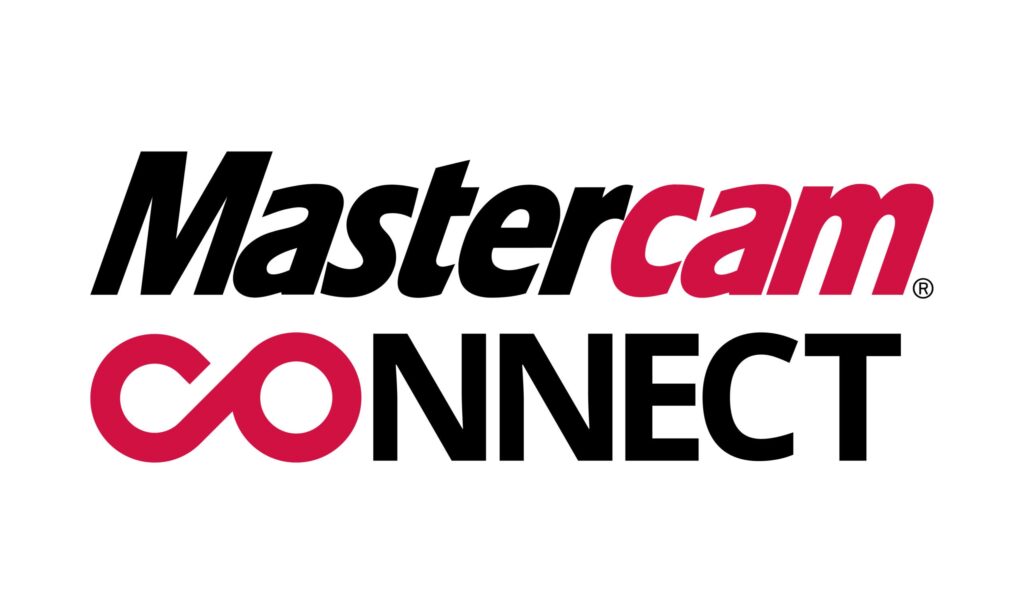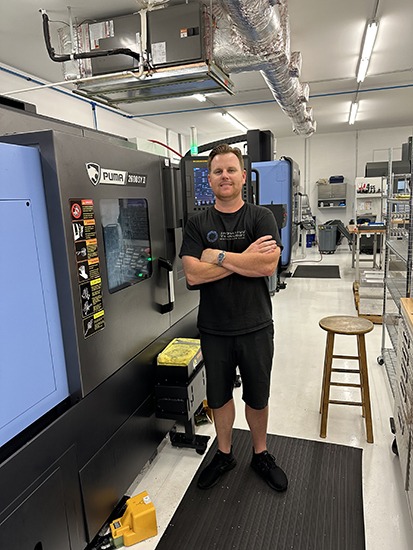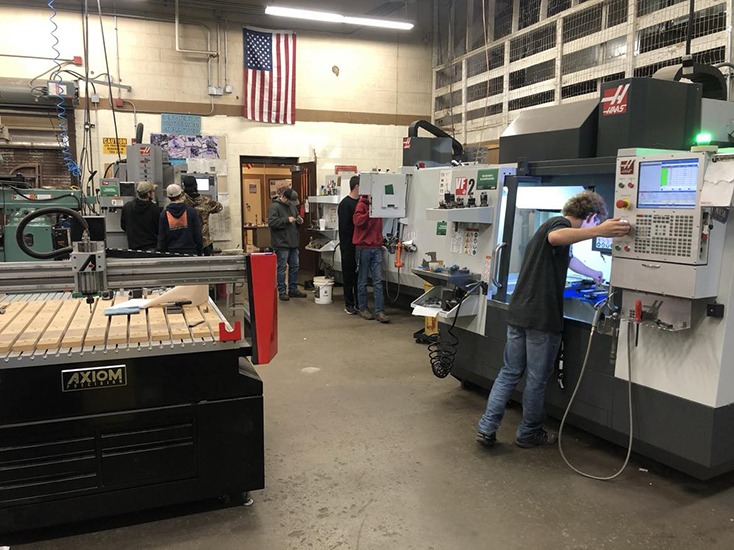
By Peter Mancini, Education Manager, Mastercam
The world of manufacturing has undergone a dramatic transformation. Once seen as rough, manual labor, machining today is at the forefront of technological innovation. Modern machinists blend programming, design, and problem-solving into a career that drives industries such as aerospace, automotive, consumer packaging, and medical devices. For Generation Z, this evolution is captivating, as they embrace careers that are both practical and hi-tech.
This shift is timely. The manufacturing industry faces a critical shortage of skilled workers due to aging generations leaving the workforce. Deloitte and the Manufacturing Institute project that by 2030, there will be a deficit of four million jobs in the sector—and 2.1 million of those positions could remain unfilled without attracting young talent. Thankfully, Gen Z, often called the “toolbelt generation,” is answering the call. With college tuition costs soaring, many are choosing vocational training programs over traditional university paths, where they gain employable skills and immediate job placement.
Educators Paving the Way for the Next Generation
Educators play a pivotal role in preparing students for machining and manufacturing careers. Kyle Sisco, an instructor at Ogemaw Heights High School in West Branch, Michigan, stands out as a shining example. Sisco’s connection to the machining program runs deep—he was once a student in the very class he now teaches. Inspired by his teacher, Mr. Petri, he pursued a career as a computer numerical control (CNC) machinist before returning to his roots in 2007 as an educator.
His passion extends beyond teaching technical skills. Sisco empowers students to believe in their abilities, preparing them to make meaningful contributions to both their communities and the workforce. Reflecting on his journey, he describes how Mr. Petri’s enthusiasm for the trade shaped his career: “I wouldn’t be teaching today if it weren’t for him.”
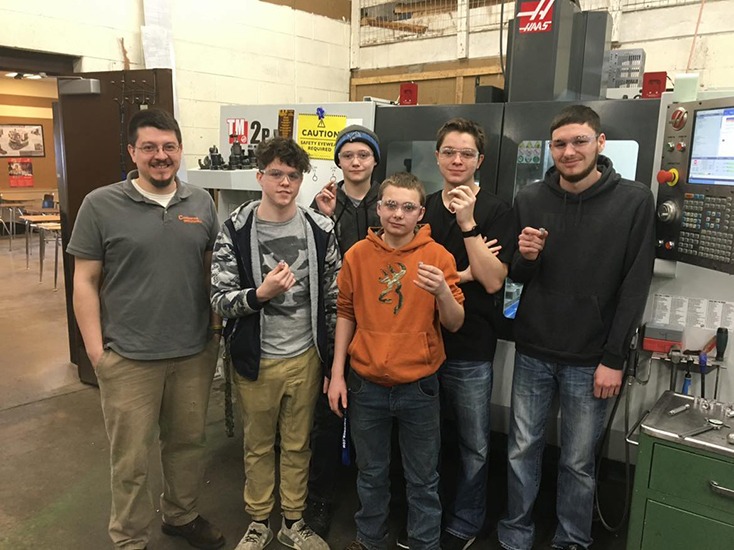
Bridging Education and Industry: Real-World Production
To enrich his students’ learning experience, Sisco dreamt of giving them opportunities to produce real parts for real-world applications. In 2017, that dream materialized. After showing a local advisory partner parts his students had machined, an unexpected request came in—the partner asked the class to make more. The parts passed inspection, paving the way for larger projects. Soon, Sisco’s students were producing components for the local school district, including nearly 700 classroom number signs.
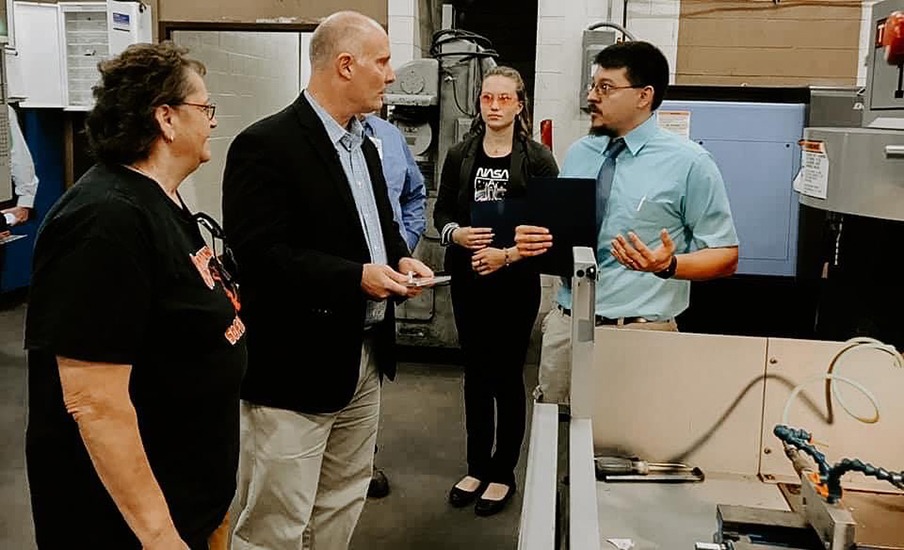
This approach transformed the students’ education. They learned everything from design and material ordering to machining, plating, and quality inspection, developing valuable skills through hands-on experience. This model not only boosted their pride but also prepared them for work in professional environments.
Shooting for the Stars: NASA Collaborations
One of the program’s most notable achievements came through collaboration with NASA HUNCH (High Schools United with NASA to Create Hardware). Under Sisco’s guidance, students machined parts for experiments on the International Space Station. Using Mastercam software for CAD/CAM programming, they simulated toolpaths and ensured collision-free processes, demonstrating exceptional attention to detail and precision.
Their work didn’t end there. The students produced parts for cube satellites designed to collect data in space over an eight-year period. To their amazement, these components rode aboard a SpaceX flight to the International Space Station—a milestone that earned the program recognition from a NASA program director.
NASA HUNCH’s support has opened doors for Ogemaw Heights students to contribute to cutting-edge space exploration, inspiring them to push boundaries and pursue ambitious goals.
Empowering Community Through Machining
Beyond space projects, Ogemaw Heights students have strengthened their local economy. Recently, they saved a factory by machining complex driveshaft gears, ensuring its production line remained operational. This required a deep understanding of materials such as 303 stainless steel and mastery of setups across CNC lathes and mills.
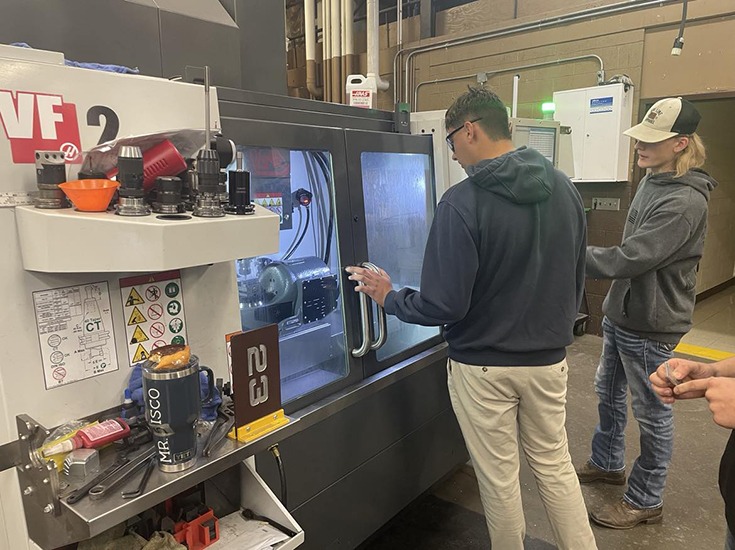
Through initiatives like the Work-Based Learning Project, advanced students now manufacture parts for local companies, building bridges between education and industry. Many even participate in paid co-op positions during their junior and senior years, splitting their time between school and work. These roles not only offer paychecks and school credits but often lead to full-time employment after graduation.
Transforming Dreams Into Reality
The success of the machining program has been transformative—not just for students but also for the community. Looking back on his journey, Sisco marvels at how far the program has come: “What started as a dream has turned into a reality—our students are not only learning valuable skills but are actively contributing to their community and shaping their futures.”
From producing parts for NASA to supporting local manufacturers, Ogemaw Heights students exemplify the potential of vocational training. With passionate educators like Sisco guiding the way, the next generation of machinists is well-equipped to bridge the skills gap, revitalizing the manufacturing industry while forging meaningful careers.

